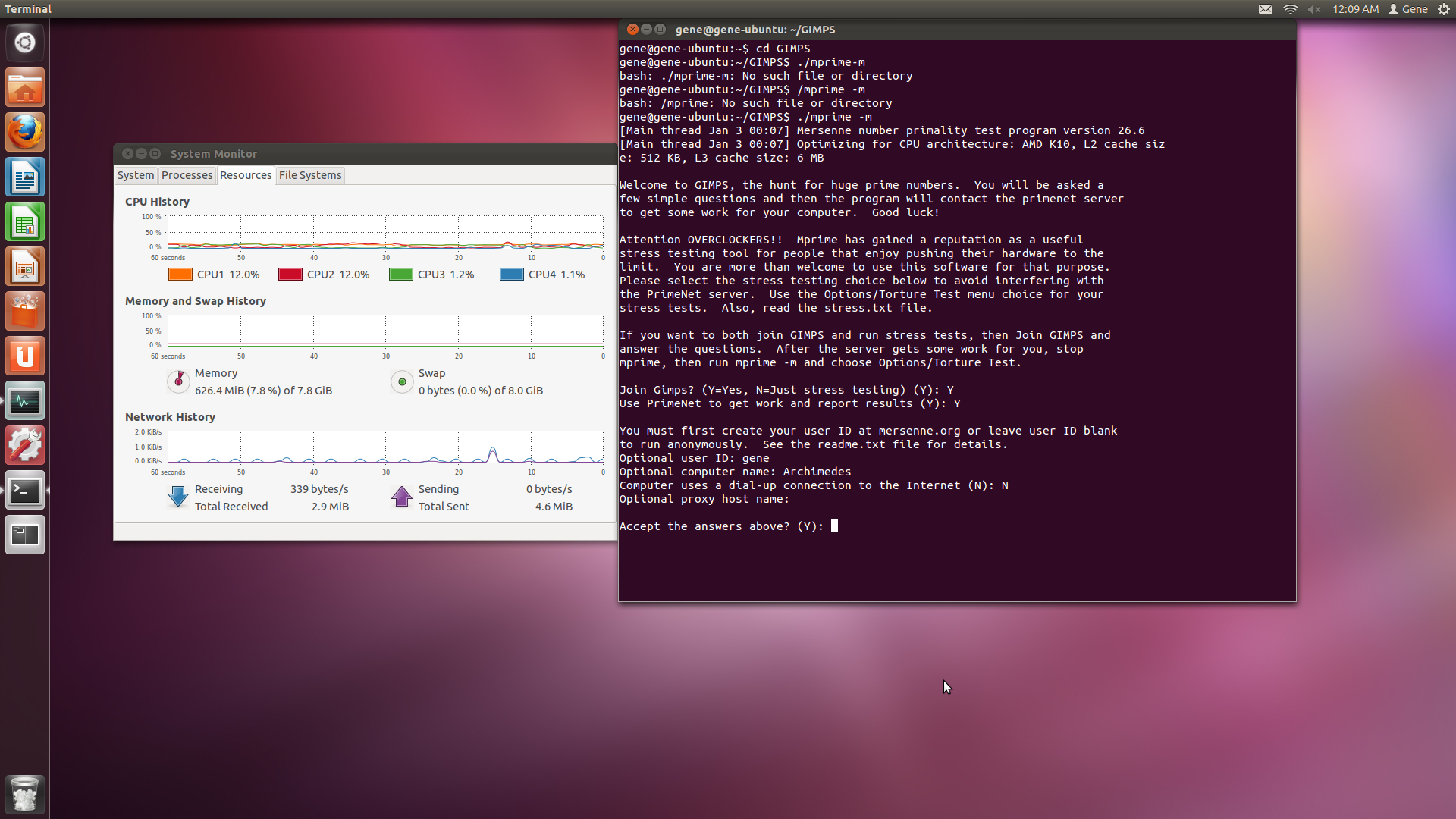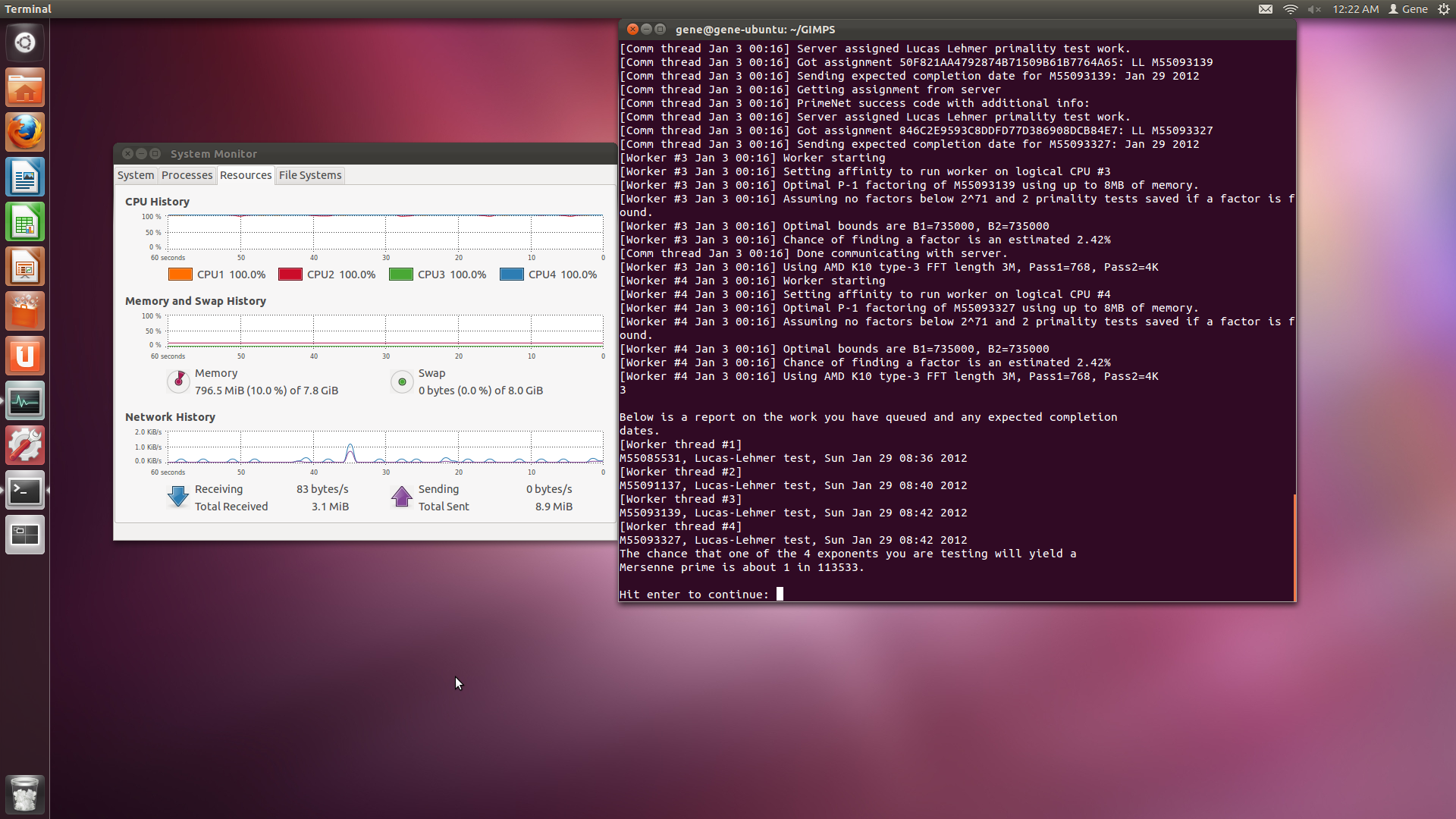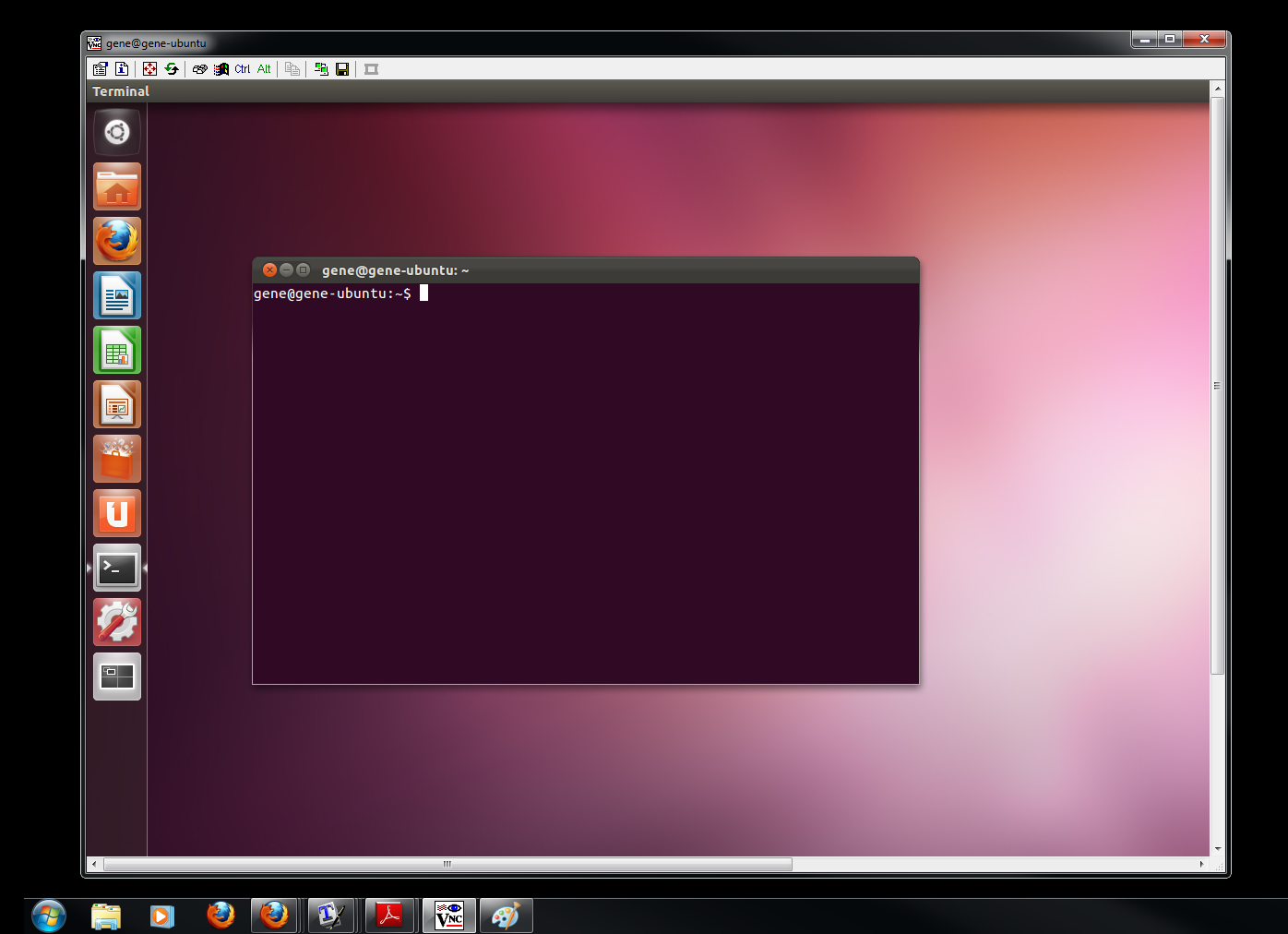Hey everyone,
I have a few updates.
I fell on Saturday
Each Saturday, I drive back down to Clear Lake to ride my bike with the Space City Cycling Club for about 3 hours – about 60 miles. I had mistakenly checked the weather forecast for my own zip code which indicated clear skies but when I arrived in Clear Lake I encountered some mild precipitation. I had the appropriate clothing with me and the rain almost never poses a problem except for thunderstorms as I’ve ridden in the rain dozens of times over the last three years. Unfortunately, about 35 miles into the ride on the way back to Bike Barn, the group approached a series of railroad tracks and I fell while crossing the second set, which lie at roughly a 70 degree angle which makes it difficult for cyclists to cross them perpendicularly – the safest trajectory. The rain causes the oil deposits to rise to the surface, and the combination of oil and slick iron makes for a very slippery crossing. So, I fell over to the right and landed on the side of my torso, which I think is the safest way to land when you fall to the side. What you don’t want to do is stick your arm out to break the fall because that’s an easy way to break your arm or collarbone. Anyway, I didn’t have time to think about what to do as I only realized I had fallen after I had fallen. I slid out a few feet due to the rain which is nice because it mitigates the impact and the scrapes, although I did get a few since my elbow and hip made contact with the pavement. The people in the group were so nice and it was really considerate of them to stop and make sure I was okay. They helped me straighten out my shifters and I was back on the bike after a couple of minutes. Thankfully, I escaped with no broken bones and I really think the weightlifting’s paid off over the last few years in strengthening my muscles and bones, especially the power cleans which I started at the end of last year.
I listened to Rachmaninoff at Jones Hall
After I got home, I read a little bit of European history (as of today I’ve cut the deficit from 50 pages to 25 pages) and ate dinner before I went to see Kirill Gerstein play Rachmaninoff’s Piano Concerto No.2 with one of my friends whom I met at state orchestra back in high school, along with some of her friends from Rice. I don’t actually go to see concerts very often and during most of my young life I had been performing them more than listening to them. I really miss playing and if I didn’t hurt my hands I think I would still be practicing 3-4 hours a day, but I decided against surgery a couple years back because the doctor told me that there was a high chance of recurrence and that it wasn’t worth it unless I couldn’t do basic things like hold a spoon or button my shirt. However, I’m fine with not playing anymore and right now I think cycling, math, computers, and studying makes me about has happy as I was when I still played, though relatively I’m not as good at cycling and math as I was at playing – mainly because I haven’t pursued these interests for as long, but I’m sure I’ll reap the benefits over time. Anyway Kirill Gerstein put on a flawless performance and I really enjoyed the concert.
On stuyding
I completed writing down all the theorems I needed to know for exam C/4 – 107 in all, and you can download the pdf from my SkyDrive (file – “temp_mem_bank”). I plan to memorize all the theorems to work on my memory, even though I don’t have to strictly memorize them for the test. I also started a couple of other projects – using a random number generator for studying these theorems, which I mentioned last week, and also another tool for the study of arithmetic. These are still in the early stages so I didn’t include them here, but I’ll talk about them next week. Anyway, I really rushed though this post and even though I say that I’m really short on time for these posts I think that this was especially true this time as I’ve only had about half an hour to write this. The quality of the post is low, has way too many verbs to be, and it doesn’t reflect my best writing. What really took me back today was a stumbling block I ran into while doing some algebra problems – I had trouble finding complex solutions to cubic equations of the following form:
$latex displaystyle ax^3+bx^2+cx+d=0$
For example, I needed to solve for $latex x^3=-1$. I got the first root, -1, but I had trouble finding the complex roots which happened to be $latex frac{1}{2}pmfrac{sqrt{3}}{2}i$. Larson’s book briefly went over complex numbers and I did plenty of exercises that involved quadratic equations with imaginary parts to the solutions, but none involving cubic equations. I looked up how to solve for cubic roots on Wikipedia and the general solutions consist of some unpleasantly gargantuan equations:
I think the proof of this is beyond the book and I couldn’t even find these equations anywhere within the text. I shouldn’t have any trouble understanding the proof but I think as far as basic College Algebra goes I can just use the general solution until I move into discrete math, and then abstract algebra. Anyway, looking for how to solve the problems and then solving them set me back a couple hours, but it was worth it skimping out on the quality of this post to get the solutions. Anyway, I’m glad I found the equations and that I managed to complete this post on time.











